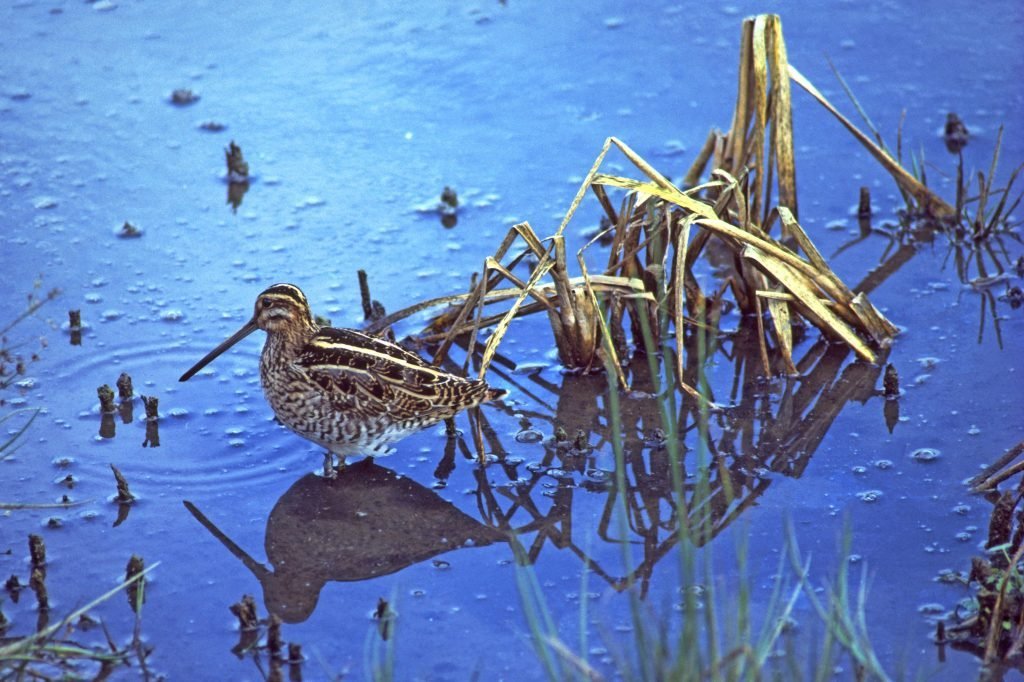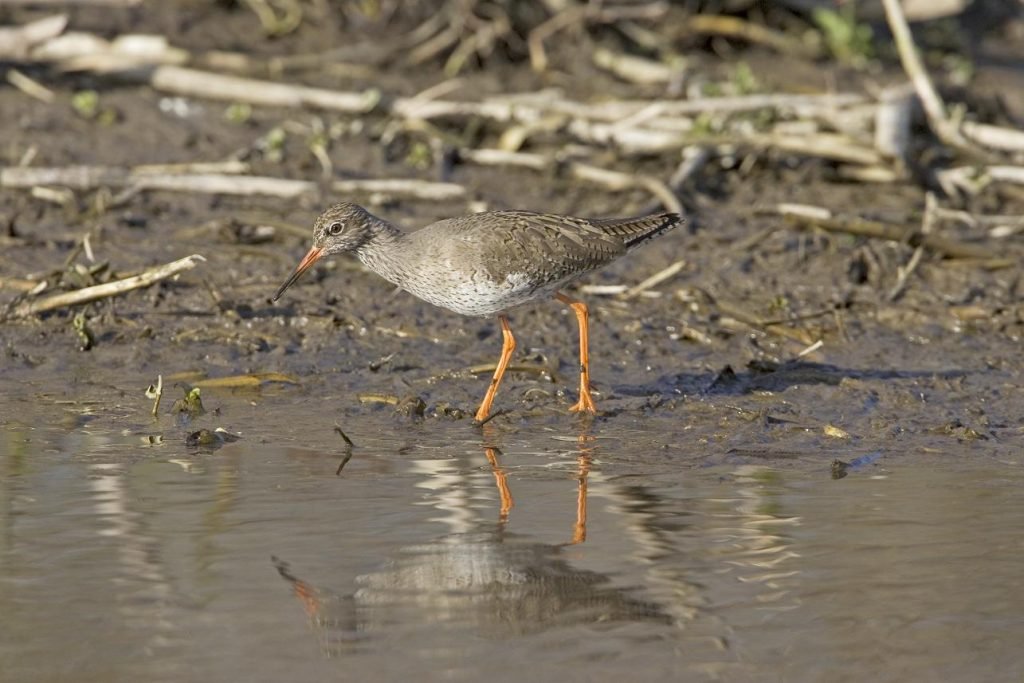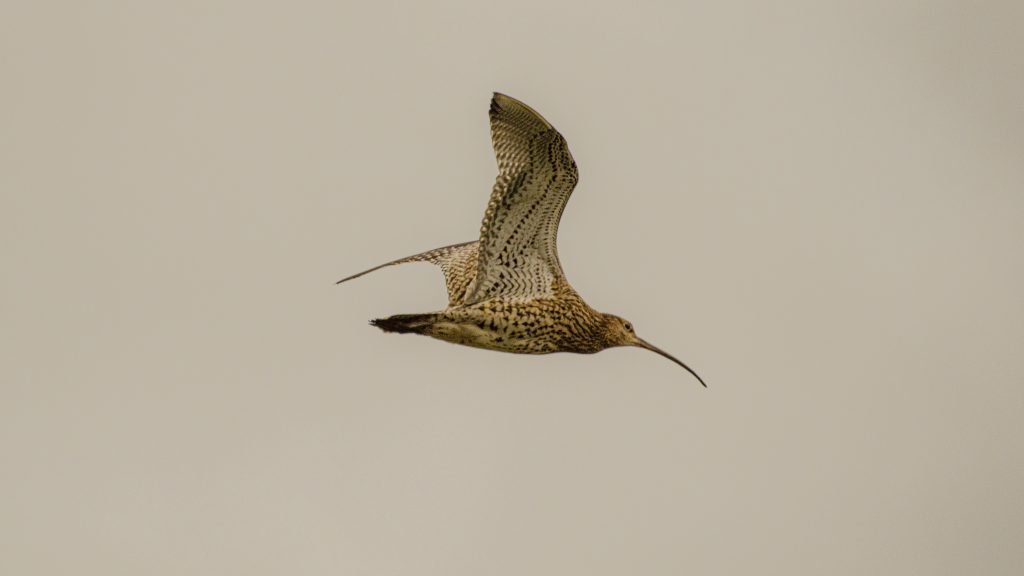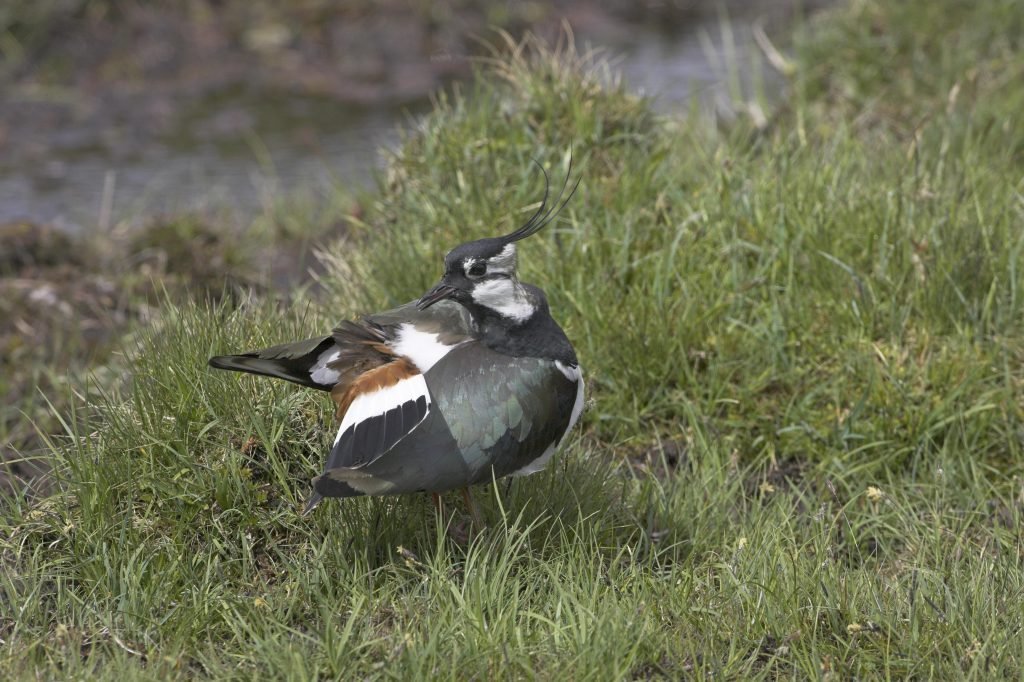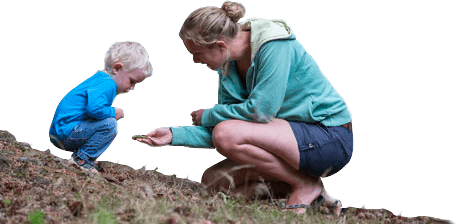‘Restaurants and runways’ for wintering birds
PUBLISHED ON: 22 DECEMBER 2022The New Forest is one of the best places for rare birds and for some species it’s their last UK stronghold.
In winter, some of our ground-nesting birds head to the coast for a holiday, leaving their breeding sites on the New Forest’s heathlands behind. Our areas of saltmarsh, mudflat and coastal grazing marsh provide birds such as the curlew, snipe, redshank and lapwing with a fantastic winter buffet.
When the tide is right these vital habitats provide a wealth of eelgrass, shellfish, worms and crustaceans. Yet these coastal wintering birds are vulnerable. The twice-daily tidal cycle and the fact that many birds can’t feed when it’s dark means that the time-slots when feeding is possible are very restricted. Birds are particularly wary of dogs that stray from well-used paths – an off-lead dog on the foreshore can create mass panic, lost feeding or roosting time and a waste of flying energy searching for somewhere safe to land.
We can help make a difference maintaining these important ‘restaurants and runways’ for the birds by keeping our distance, staying on the main tracks in winter, and causing minimal disturbance. It’s vital that the birds are in tip-top condition so they can cope with bad winter weather, and stay strong enough to travel and lay eggs in the spring.
What to look out for:
Snipe In the New Forest, snipe are fairly widespread but still rare. They are decreasing dramatically in southern England so the New Forest population is an important stronghold. You can see them in winter along the coast or along river valleys. They usually feed around the edges of marshy lagoons, and roost tucked away among grassy tussocks – scan the margins of pools between Keyhaven and Lymington to find them
Redshank The Hampshire-wide population has contracted to become largely coastal – the Solent is an important area for them in southern England. Redshanks on the Open Forest are now restricted to a small area in the south east, with very few pairs. In the New Forest, one of the best areas to find redshanks is the coast between Keyhaven and Lymington. Here you can walk the raised coastal path and see them feeding on the mudflats or around the pools at any time of year and any time of day.
Lapwing still breed throughout Hampshire but in much smaller numbers than in the past. In the New Forest they breed both in the central open heaths and grassland (around 150 pairs) and in the surrounding farmland. If you want to see lapwings, especially their displays, then the most reliable areas are the short grazed grasslands at the coast near Lymington. They flock together in winter and are often seen at this time of year.
Curlew The number of breeding curlew in the UK has declined by half in the last 25 years and have now been added to the UK red list for endangered species mainly due to loss of habitat. The New Forest is now one of the few areas in south east England where the curlew still breeds. Sadly, curlew numbers in the New Forest have declined by as much as two-thirds in the last two decades, with just 40 pairs left. Curlews head for coasts after they have finished breeding on grassy or boggy heathlands. They like large areas of mudflats and saltmarsh, so it’s much easier to find them there in autumn and winter than inland in the summer.
Main photo: Alex Kerslake
